Dear colleagues, i hesitated for a while to add my comments to here, for not to cause more confusion or even frustration in concern of "correct" naming of cultivars.
As far as i was told, there are useful rules for correct cultivar names, which should be accepted and followed. 1, one should not use latin, or latinized words, respectively names as e.g. proliferum, acutilobum, divisilobum, plumosum, densum, etc., etc. 2, cultivar names should begin with capital letters, and marked by signs as e.g. 'Wollaston', 'Herrenhausen', ''Bevis', etc., but not 'Wollastonii' since this was a latinized name.
You might ask why this rules are existing. 1, When using combined latin adjectives, one repeated the same method as naturalists did in former times by describing organisms, rather than using short names. 2, Everybody should easily recognize and separate between scientific, and cultivar names, for to prevent unwanted mixings up. 3, As we know cultivars may vary a lot, thus "describing" names might fail the purpose.
The unfortunate fact, that many people are using, and more or less freely creating latin, or latinized cultivar names, led to the completely

, frustrating situation we got nowadays. Perhaps some elder, latin cultivar names could be accepted, as these had been published prior to current rules, but i could not know which ones these are.
Back to the "Proliferum group" of Polystichum setiferum cultivars. It is indeed a special group with unusual proliferous buds,grown in the axils between the leaves' midrib and their pinnae. The latin adjective "proliferus/a/um" says "bearing kidlets", by that meaning the same as "viviparus/a/um", or other latin words.
Several kinds of the genus Polystichum, with a nearby global distribution do regularly grow proliferous buds, and propagate vegetatively by that. All these species' will grow 1 to several buds, respectively kidlets close to or at the leaves' tips, sometimes at the end of the prolonged midrib. In rare cases the buds may grow at pinnae as well.
What is special with proliferous P. setiferum? I identified several 1000s of photos of wild P. setiferum, but never saw individuals which got buds along the leaf midrib, as with "Proliferum cultivars", or elsewhere. I was curious to know, where such individuals had been found, and by whome these had been propagated up to now. I don't know to what extent these proliferous buds will be inherited by generative propagation.

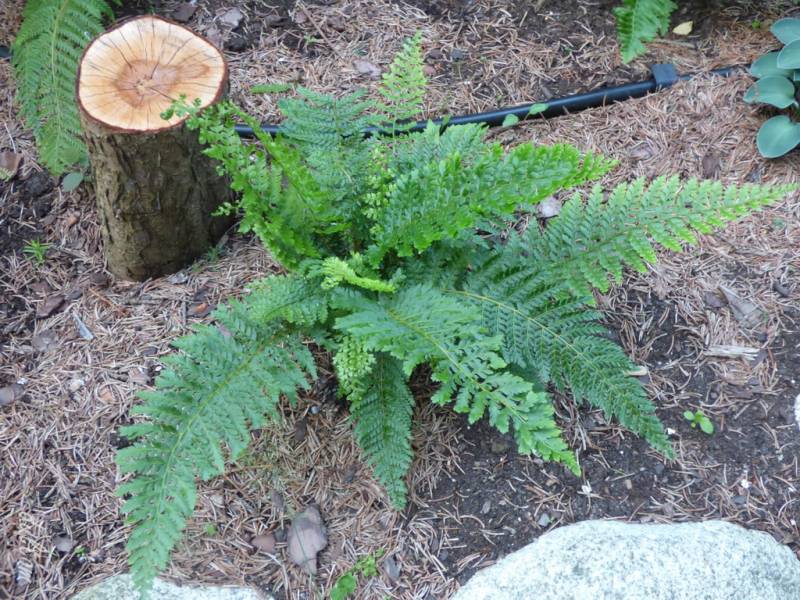

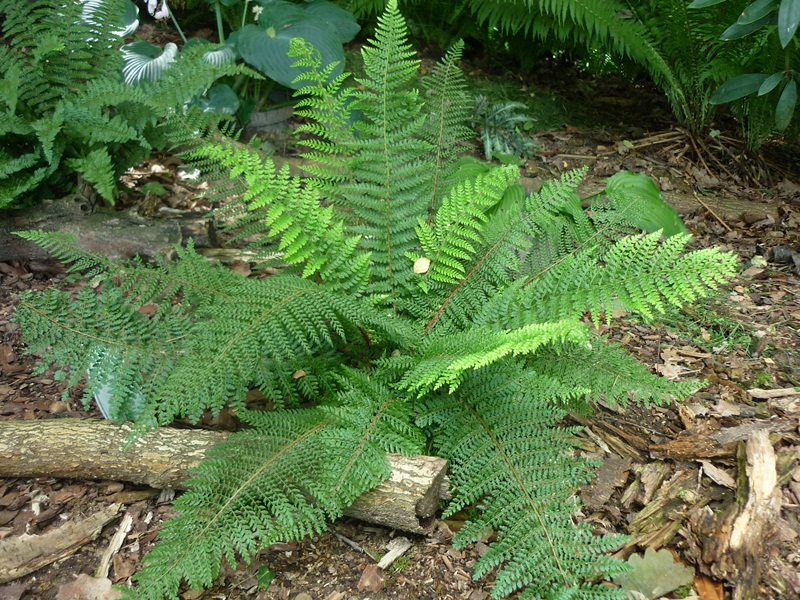

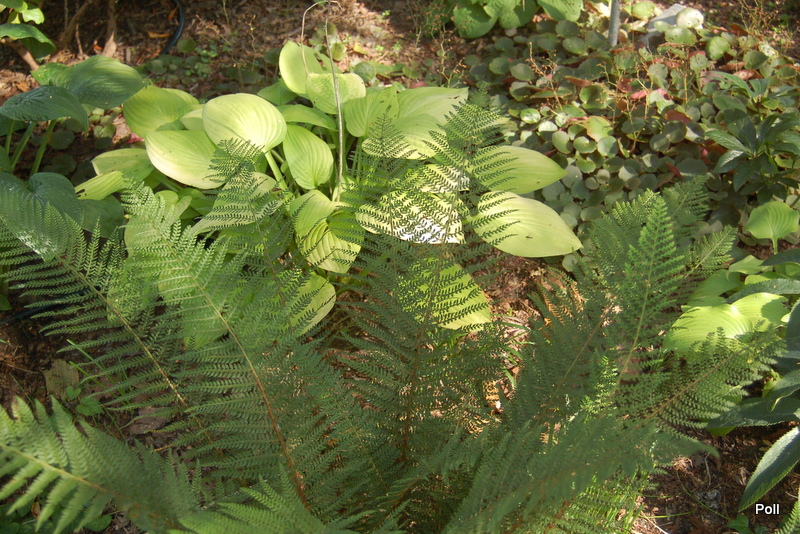
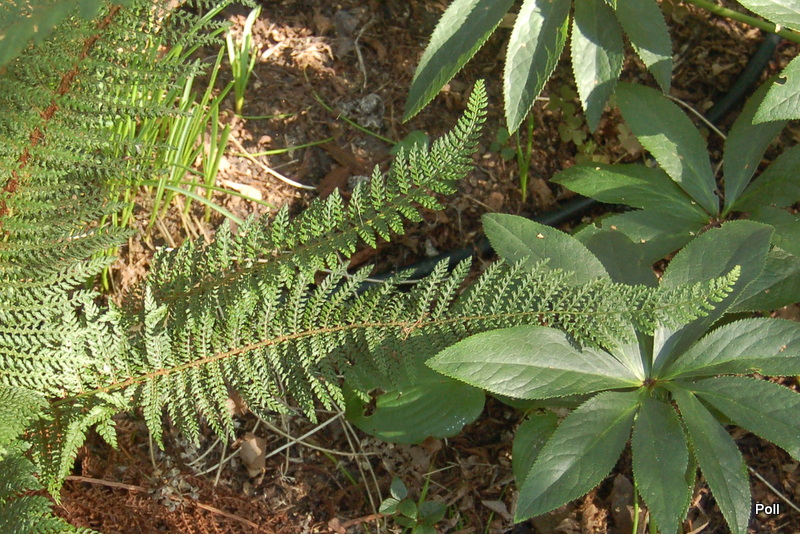

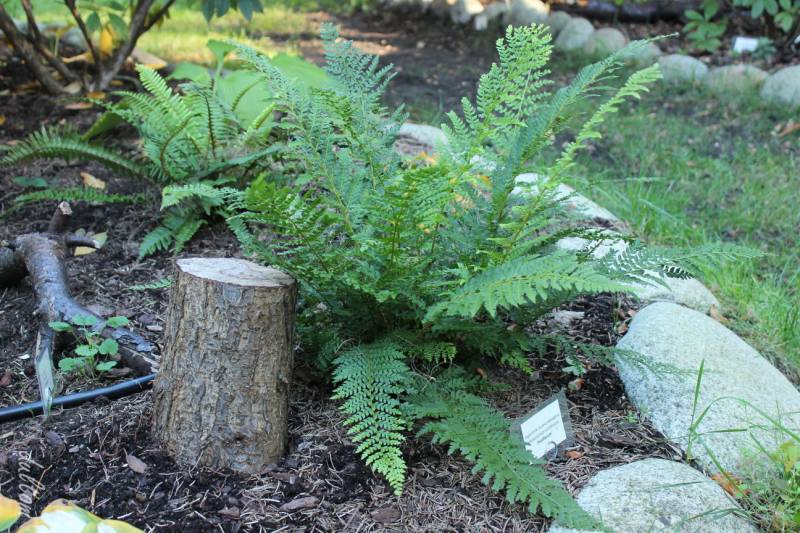
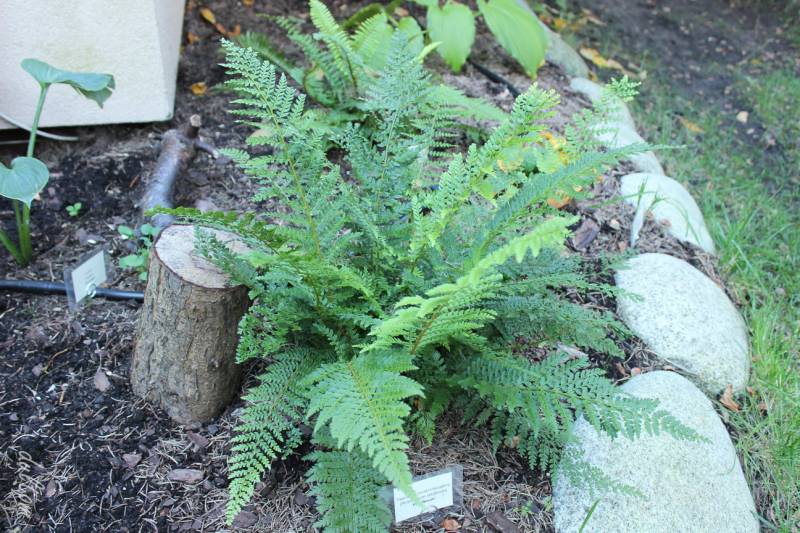
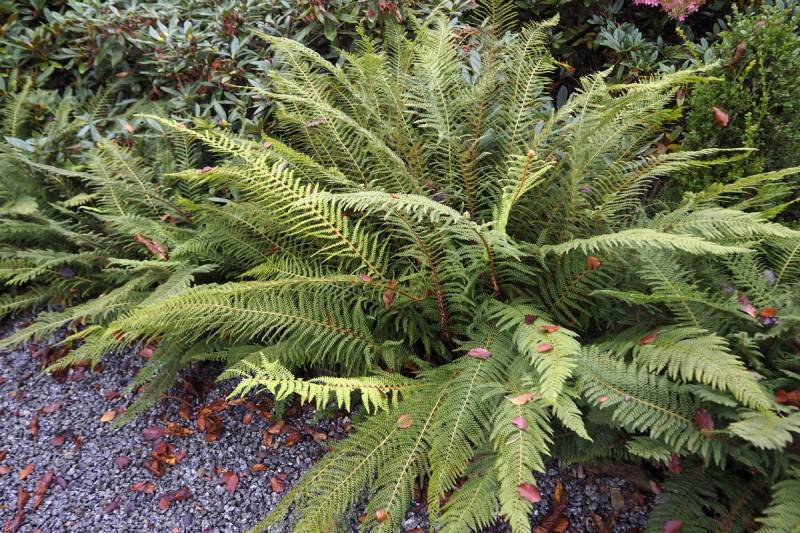
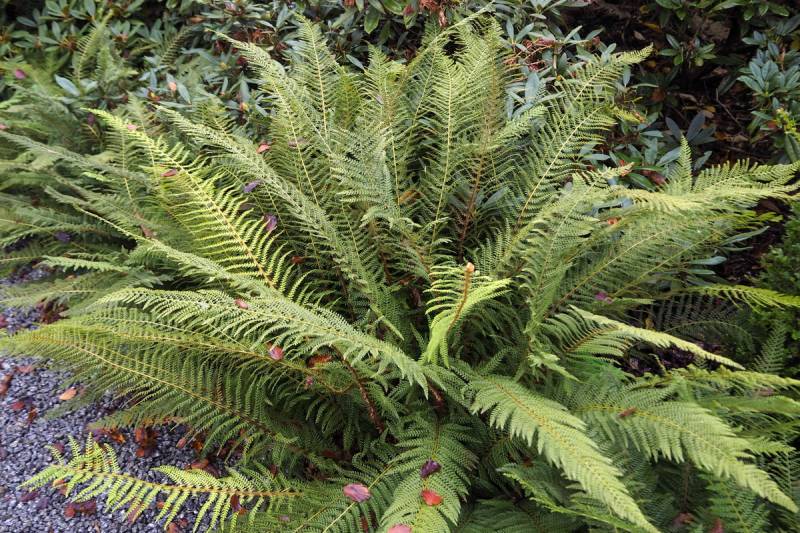
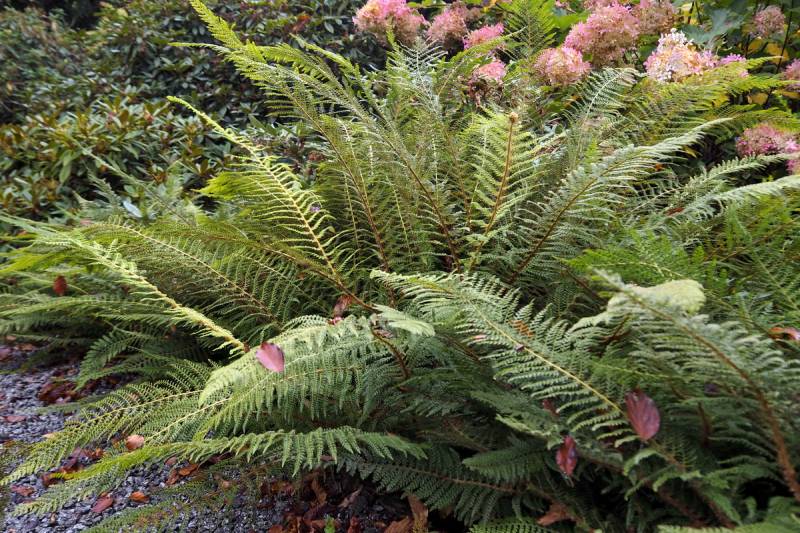
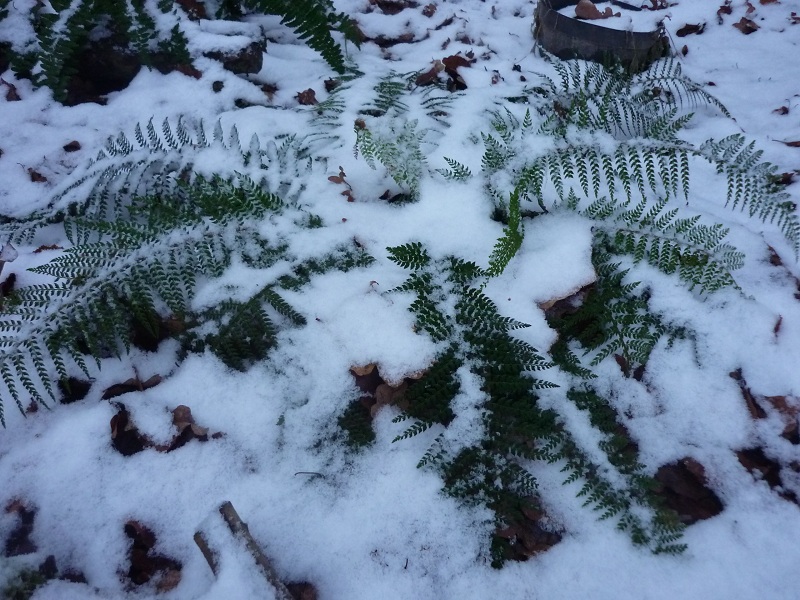
.jpg)
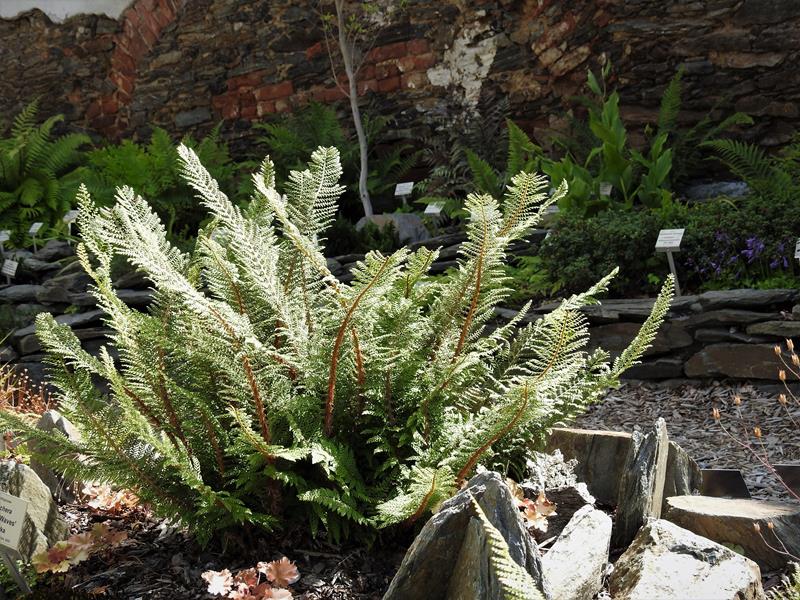
'Proliferum'(1).jpg)

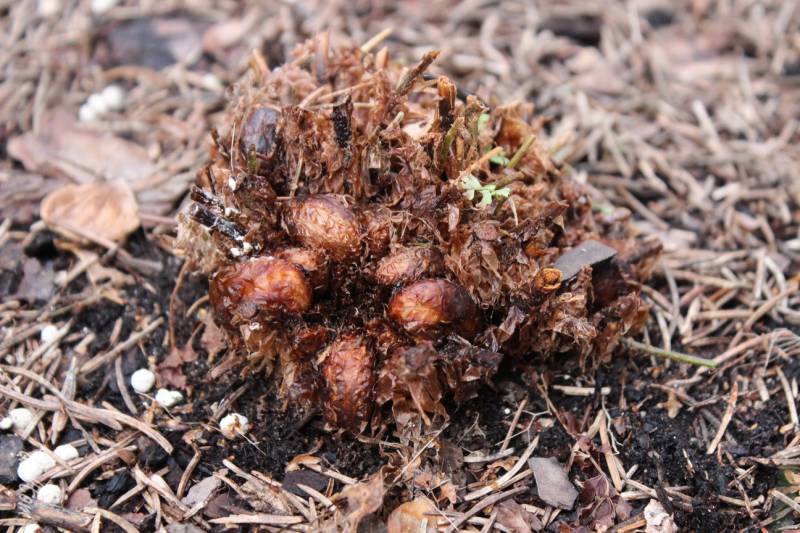
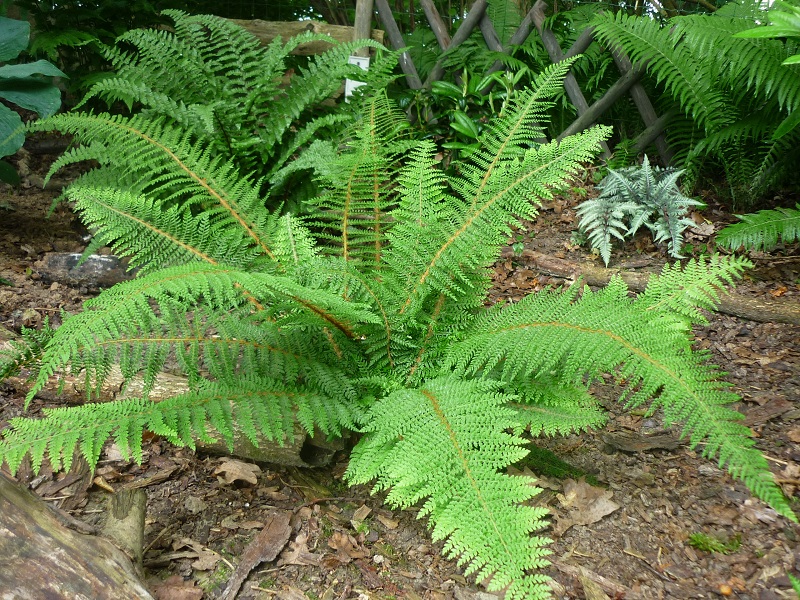
'Proliferum'-2.jpg)
'Proliferum'.jpg)
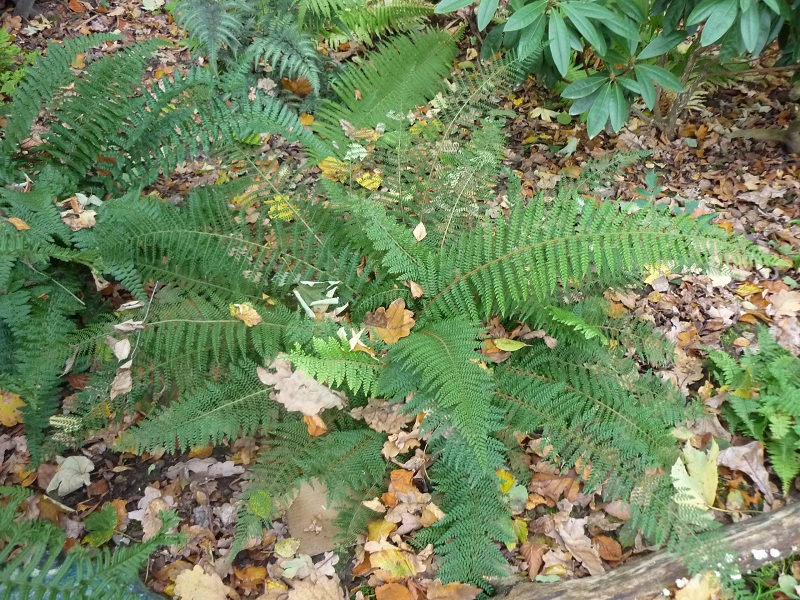
-2.JPG)
'Proliferum'.JPG)
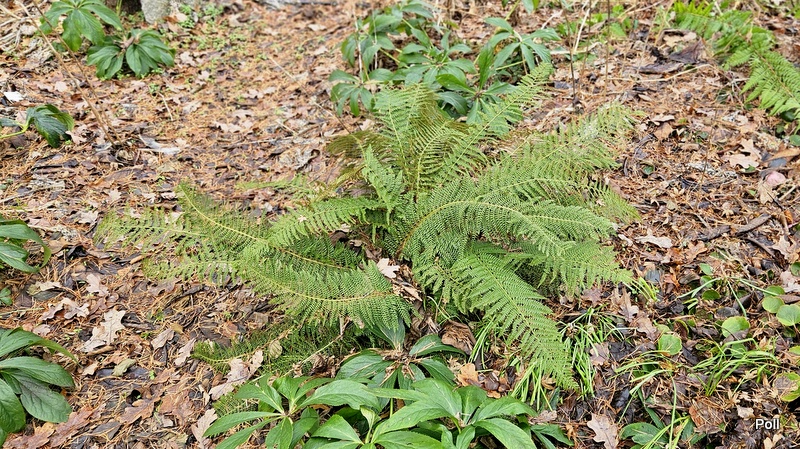
'Proliferum'(1).JPG)
'Proliferum'(5).JPG)
'Proliferum'(6).JPG)
'Proliferum'(7).JPG)